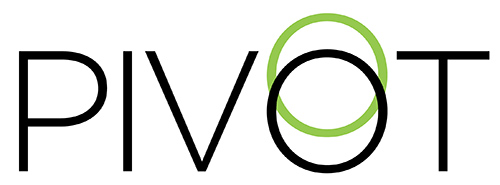It’s a well-documented fact that women in leadership roles face special challenges, in large part because they’re constantly put a double-bind: they’re expected to conform to traditional female gender norms (caring, warm, supportive) while simultaneously demonstrating the traditional male gender norms expected of leaders (decisive, authoritative, distant).
In today’s fast-changing changing economy, and with the shift to Millennials and Gen Z as dominant forces in the labor pool, traditional hierarchical organizational structures are evolving and shifting and falling away – and it’s those structures that are closely associated with the traditional model of a “strong male leader” at the top. For now, though, in many organizations women leaders still have to walk the gender norm tightrope.
As Zheng, Kark, and Meister point out, “In the long run, organizations and society must produce systematic change to alleviate conflicting expectations for women and additional hurdles for their leadership. But as long as female executives face the double bind, they will need to find ways to manage it.”
I believe there are three areas in which we can exercise a lot of individual control over this challenge: how we speak, how we use authority, and how we navigate workplace politics. On an individual basis we can’t simply “lean in” and un-do centuries of gender bias, but we can take control of how we communicate and how we manage specific relationships in the workplace.
Start with Language
The quickest way to start (which isn’t to say it’s easy to do) is by becoming aware of how we use language. Girls are conditioned in complex ways from a very early age to use language that minimizes our personal authority. Girls and women tend to do things such as asking permission to speak (even when it’s not necessary), using apology language when not apologizing (“I’m sorry” or “so sorry”), and adding minimizing and hedging language such as “just,” “a bit,” “sort of,” or “probably.”
These gendered speaking patterns are usually so ingrained that we don’t consciously realize we’re using them. By becoming aware of these patterns, we can take the first steps toward changing them. Start by looking back at your emails and memos, and erasing all those hedging words before you hit “send.”
Then eliminate those hedging words in your speech. That’s harder, but stick with it. That one change can make a huge difference in both how you feel about yourself as a leader and how others perceive you.
Want to read more?
Talking from 9 to 5: Men and Women at Work
5 Speaking Habit that Weaken Women’s Leadership
Follow the Leader: Authority





